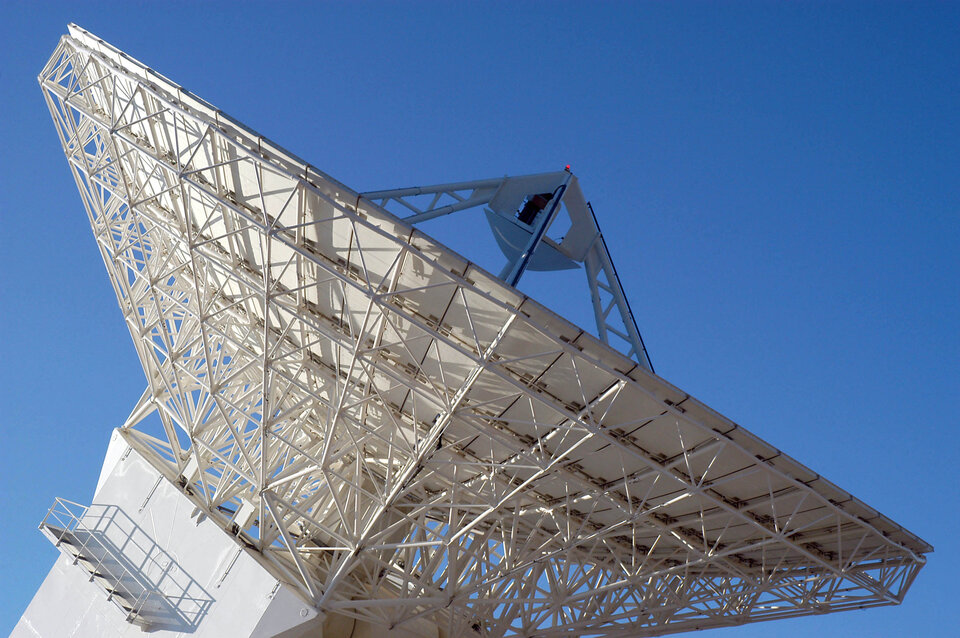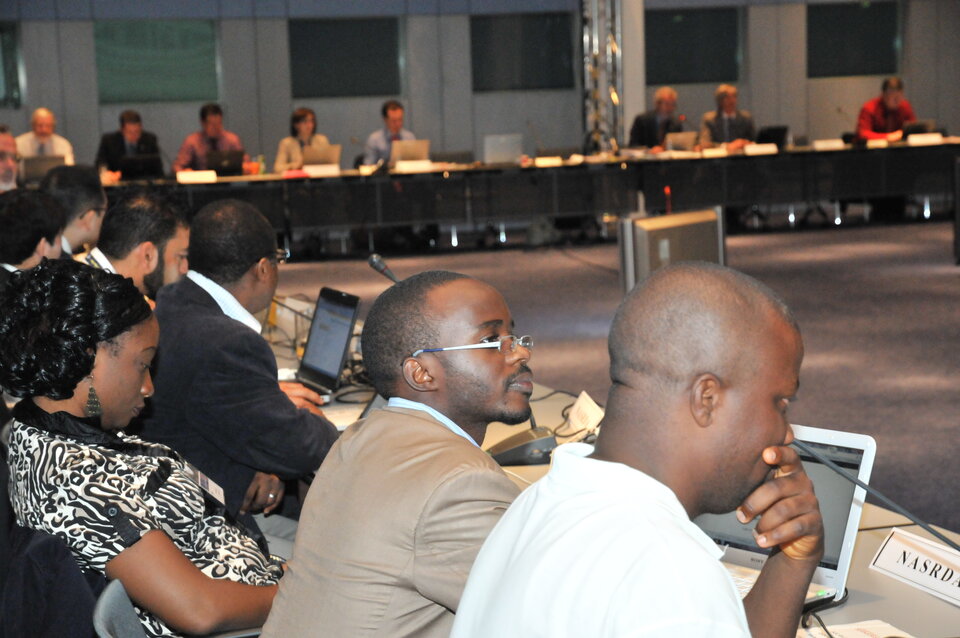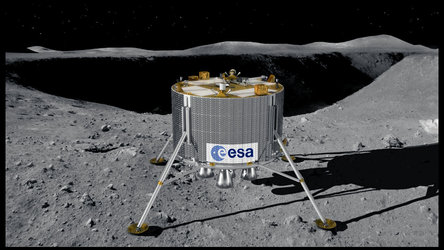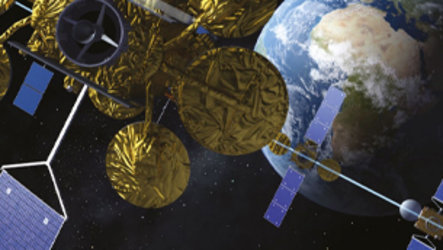Coordinating radio waves that carry space data
Only so many radio frequencies exist, which makes the radio spectrum a finite commodity in the Universe.
It is by using waves in this range, between 30 Hertz to 300 billion Hertz (300 GHertz) in the electromagnetic spectrum, that modern life is made possible. Mobile phones, space missions, TV and radio broadcasting as well as aeronautics, shipping and navigation, all rely on sending and receiving far-reaching radio waves.
To prevent interference between different signals, the generation of radio waves is strictly regulated. However, this natural resource has become more and more congested as we rely on radio frequencies for so much of our lives.
Coordinating a limited natural resource
For decades, ESA has served as permanent executive secretary of the Space Frequency Coordination Group (SFCG), a technical body charged with coordinating and managing the radio waves, without which no space mission could succeed, used for communication by all space-faring organisations.
For 40 years, the SFCG has worked to ensure that radio frequencies are wisely and fairly used – work that is far more important than the committee’s arcane technical name would suggest.

“There are only a finite range of radio frequencies that can be used by spacecraft and satellites to communicate between each other and back to ground stations on Earth,” says Edoardo Marelli, former SFCG executive secretary.
“The role of the SFCG is to coordinate the frequencies allocated to civil spaceflight use, and to optimise the benefits of this precious and very limited natural resource.”
The SFCG’s 29 regular members encompass all the largest and most significant space agencies, including NASA, ESA, national European space agencies, Eumetsat, NOAA and national agencies from Russia, China and 14 other nations.
Institutional observer members include the International Telecommunication Union (ITU) and the World Meteorological Organisation.
Long-running international space cooperation
“The SFCG was started by ESA and the French space agency 40 years ago, and it’s one of the most mature and longest-running examples of international cooperation in space,” says Enrico Vassallo, Head of ESA’s Frequency Management Office.

“It’s up to ESA to set the agenda, manage issues and, when necessary, break ties to ensure that the annual meetings produce decisions and results that enable all operators to build and fly their missions.”
The SFCG provides a forum for space agencies to exchange information on their planned missions and their respective requirements for frequencies. It also gives the opportunity to SFCG members to develop common views and positions on relevant topics addressed in other fora dealing with frequency management, such as the ITU.
Boosting the value of space investment
"By cooperating in the SFCG, all space agencies gain the benefits of reducing the risk of interference to their missions, protecting the frequency bands allocated to space services from other spectrum users and creating strong opportunities for cross-support and interoperability," says Enrico.
“And that boosts return on space investment for everyone.”
The appropriate management of radio frequencies is a prerequisite for the space agencies to operate their various missions.









